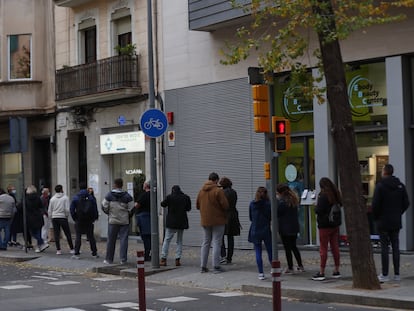Covid-19 antigen tests in the age of omicron: Understanding reliability, results and false negatives
Taking a diagnostic kit after the onset of symptoms may not yield a positive result, while a negative one does not necessarily mean you are not infected; repeat testing is advisable if you suspect infection
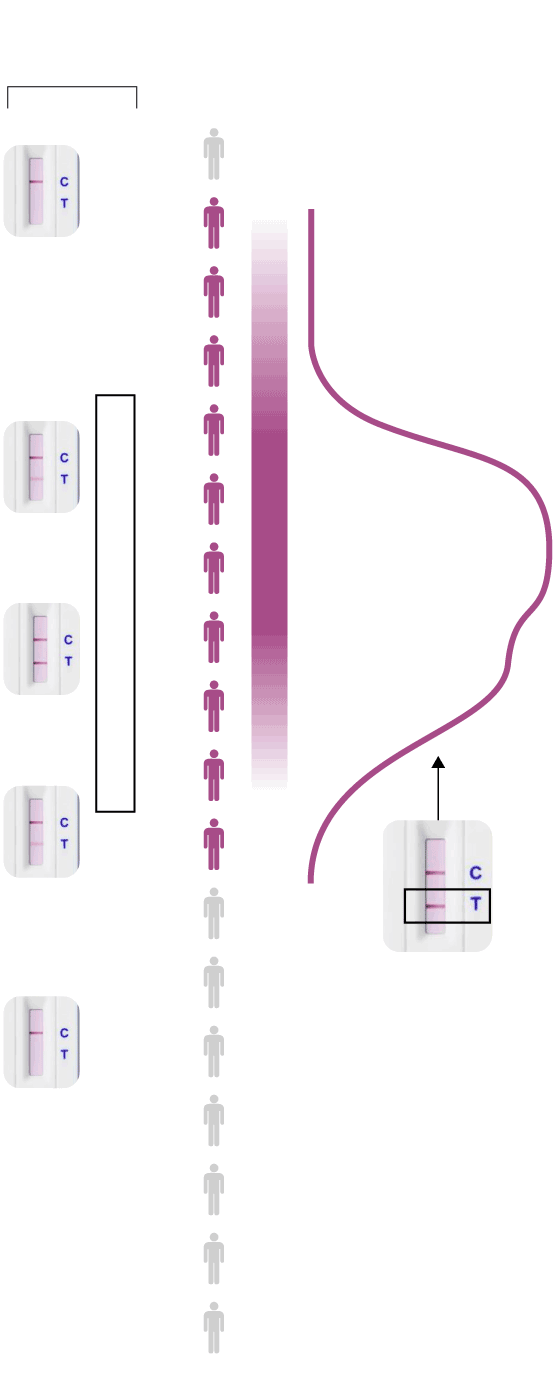
Result of rapid
antigen test
Days
Infection
–
0
–
1
Can appear before testing positive
–
2
SYMPTOMS
–
3
+
4
+
5
Infectiousness
(Viral load)
+
6
+
7
+
8
+
9
+
10
–
11
–
12
Rapid antigen tests show a positive result when the viral load is higher.
–
13
–
14
–
15
–
16
–
17
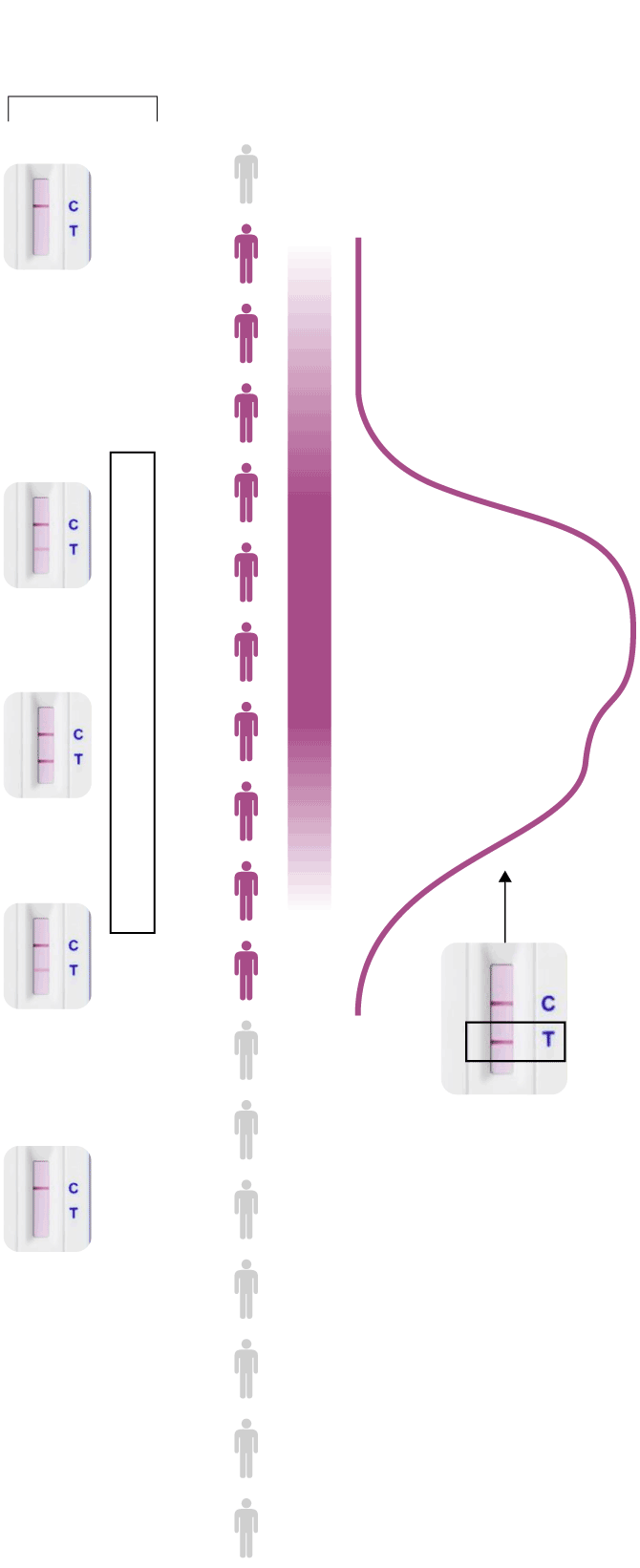
Result of rapid
antigen test
Days
Infection
–
0
–
1
Can appear
before testing
positive
–
2
SYMPTOMS
–
3
+
4
+
5
Infectiousness
(Viral load)
+
6
+
7
+
8
+
9
+
10
–
11
–
12
Rapid antigen tests show a positive result when the viral load is higher.
–
13
–
14
–
15
–
16
–
17
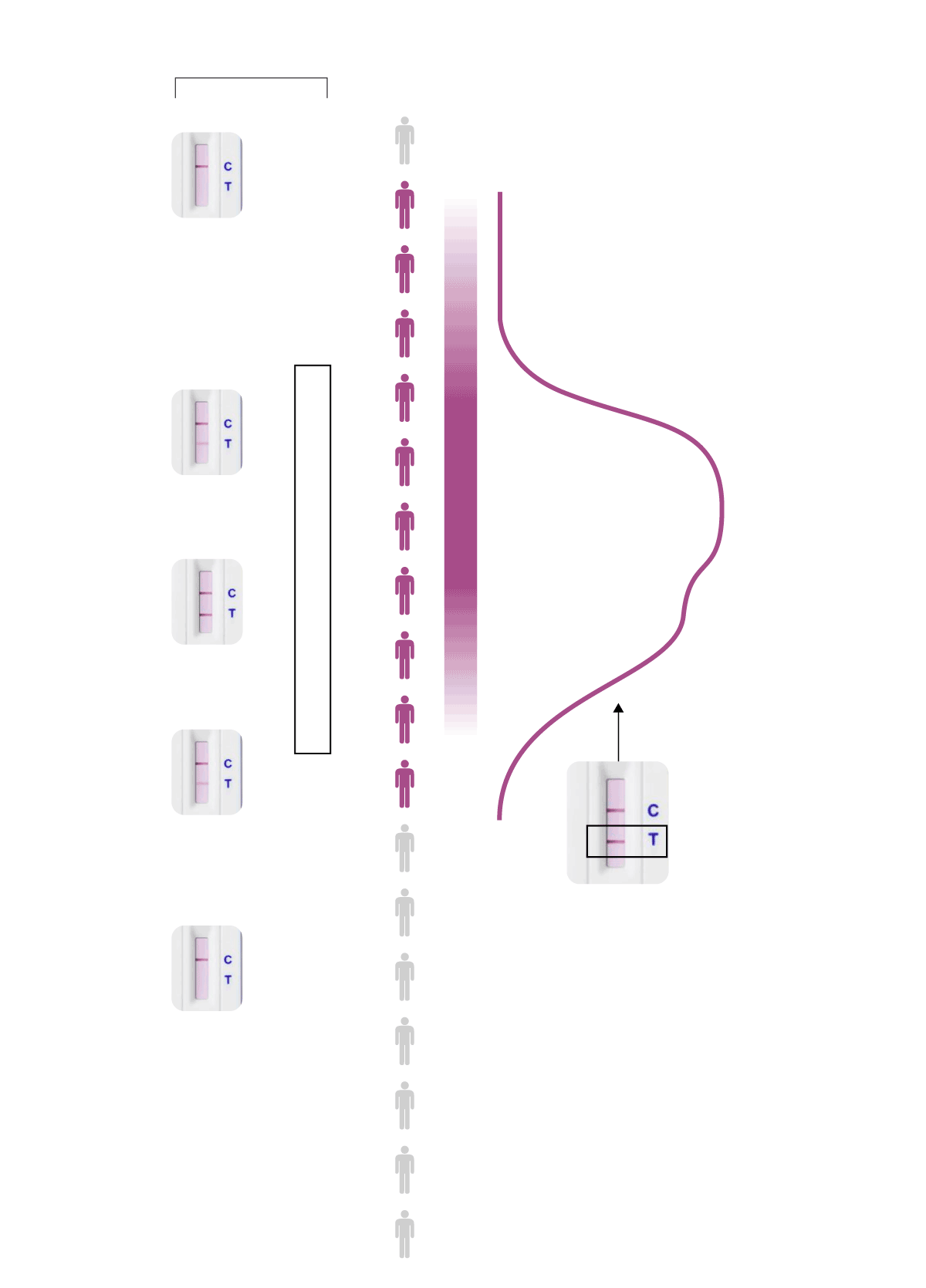
Result of rapid
antigen test
Days
Infection
–
0
–
1
Can appear
before testing
positive
–
2
SYMPTOMS
–
3
+
4
+
5
Infectiousness
(Viral load)
+
6
+
7
+
8
+
9
Rapid antigen tests show a positive result when the viral load is higher.
+
10
–
11
–
12
–
13
–
14
–
15
–
16
–
17
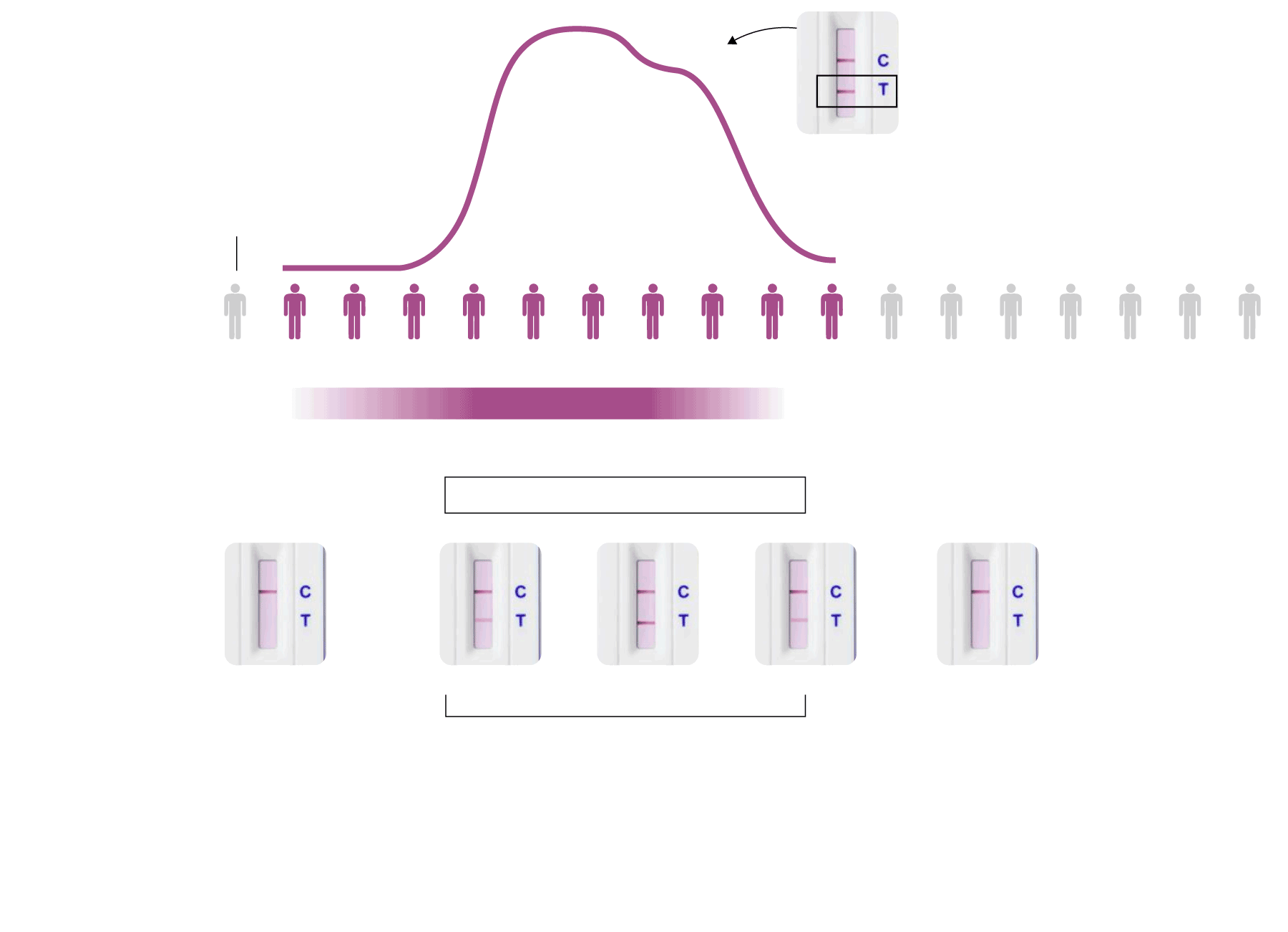
Rapid antigen tests show a positive result when the viral load is higher.
Infectiousness
(Viral load)
Infection
Days
0
1
2
3
4
5
6
7
8
9
10
11
12
13
14
15
16
17
SYMPTOMS
Can appear before testing positive
–
–
–
–
+
+
+
+
+
+
+
–
–
–
–
–
–
–
Result of rapid
antigen test
Self-isolation
In Spain, a person infected with Covid has to self-isolate for seven days after the onset of symptoms, and seven days after a positive result for asymptomatic cases.
Covid-19 tests that use lateral flow technology to quickly check for the presence of antigens (proteins on the outer shell of the SARS‑CoV‑2 virus) have become the primary way to detect infections in the era of the omicron variant. In Spain, where the healthcare system is feeling the strain of the sixth coronavirus wave, authorities now recommend performing rapid tests and self-isolating in the event of a positive result.
Rapid antigen tests are not as accurate as PCRs, which are handled in a lab, but they have several advantages: they are faster, cheaper, can be done at home and have proven sufficiently sensitive when the person has a higher viral load and is therefore more contagious (although the spread of the omicron variant is complicating this picture).
The tests can produce two lines once the sample is collected and added by droplets to the kit. The first line is marked (C) for control and the second is (T) for test. The C line simply indicates the test has been completed correctly, while the appearance of a T line indicates that a viral load has been detected in the sample. However faded or clear this second line, if it shows up the result is positive.
If a second line does not appear, it does not necessarily mean that there is no infection. A positive result is quite reliable at detecting infection, but a negative one may simply mean that there is not yet sufficient viral load to be detected and that the virus is incubating in the person’s body.
The omicron variant throws in the additional complication that symptoms may appear earlier than a positive result. Following an outbreak in Norway, it was found that most of those infected began to show signs of the disease (headache, aches and pains, sore throat) three to four days after contact. “The relationship between symptom onset and peak viral load has changed,” explains the epidemiologist Michael Mina. “This may be due to the characteristics of the variant or to the fact that it causes more reinfections and that our bodies react differently to these.”
If you suspect infection, it is advisable to do more than one test, as in the first few days the test will not detect the virus. If you have symptoms, even if the test is negative, you should adopt strict precautions, as you could be infected and infect others. A small preliminary study that was recently published concludes that “most omicron cases were infectious for several days before being detectable by a rapid antigen test.” It pays to be cautious. “If you are symptomatic and negative [...] you must be very, very careful. Self-isolate if possible, and get tested the next morning or that same night,” says Mina.
The higher the viral load detected by the test, the darker and clearer the second line will appear. During the earlier and final days of infection, it will show up lighter, and darker when the infection is at its height.
In Spain, a seven-day isolation period is required from the onset of symptoms, or from the delivery of a positive result in the case of asymptomatic people. This must be followed regardless of whether the person suspects they are at an earlier or later stage of infection, and whether the second line is faint or very clear.
If the test is performed at home, the patient should also notify the Spanish health authorities. If symptoms are mild, self-isolation is sufficient and can be completed seven days after self-diagnosis, provided the patient has been symptom-free for three days. Otherwise, isolation should be extended to 10 days.
In the US and Mexico, the authorities recommend five days of isolation from the onset of symptoms or a positive result. This increases to seven days in Argentina and Colombia.
If symptoms persist or worsen (high fever, difficulty breathing), contact a doctor.
